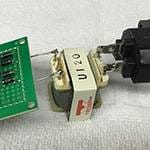I've prepared the TESLA (from the former West Germany) germanium transistor 106NU70 for the Fuzz I'm working on.
But I remembered I initially said, "This time, I won't use germanium! I'm going with silicon!!!" So, I quietly put the component back in the box.
Therefore, this month, we have another special feature.
When it comes to equipment using vacuum tubes, the first thing that comes to mind is, of course, guitar amplifiers.
Despite my age, I own about three tube heads, but there's still another tube amp I desire... if only I had the money.
Now, onto the main topic: vacuum tubes.
The most commonly used tubes in the power amp section are the EL-34 (Marshall type) and the 6L6GC (Fender type).
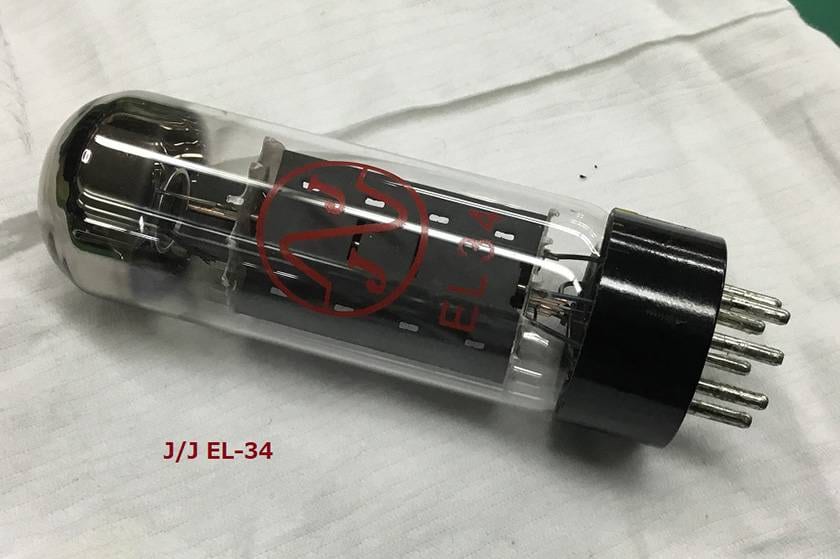
Everyone has their preferences, but I am definitely a fan of the 6L6GC.
Both my Mesa/Boogie and PEAVEY 5150 use 6L6GC tubes.
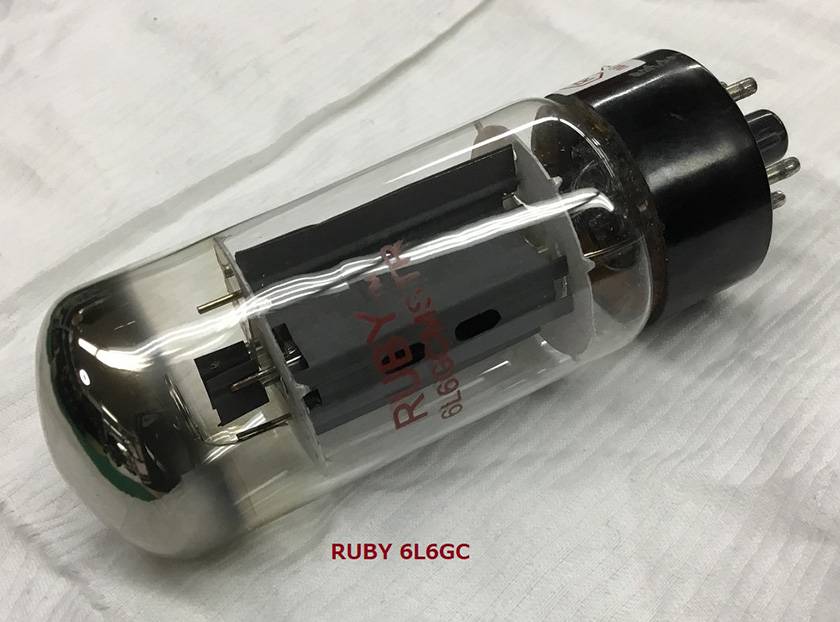
However, among Marshall enthusiasts, there are overwhelmingly more EL-34 loyalists.
Whether they are aware of it or not, there are amps that can switch between both types of power tubes (in fact, the Mesa/Boogie Dual Rectifier is one such amp, though I personally prefer the 6L6GC).
I’d like to explain the reasons for this, the sound characteristics, and correct some common misconceptions and misunderstandings.
The reason I prefer the 6L6GC is because it has a mild, thick, and stable sound with a dense tone.
Additionally, when you buy a quad set of four, there is not much variation, and the lifespan as output tubes is long.
But it’s not that I dislike the EL-34, not at all.
EL-34s fit Marshall amps perfectly, producing that aggressive, rugged, all-out rock sound that only EL-34s can deliver.
However, I sold my Marshall long ago and haven’t owned one since.
The reason is that I bought an amp more specialized for distortion (I'm talking about the PEAVEY 5150).
Even when used under the same conditions as the 6L6GC, the EL-34 has a higher plate dissipation (essentially more power) and a wider dynamic range.
However, this also means that there's more variation between individual tubes, making it extremely difficult to form a matched quad set of four.
In general, the EL-34 is clear and high-powered, while the 6L6GC is mild with a dense sound.
I feel that the 6L6GC offers better sustain, but what do you think?
Additionally, many books and social media posts suggest that these two types of power tubes can be easily swapped, but that's absolutely not the case.
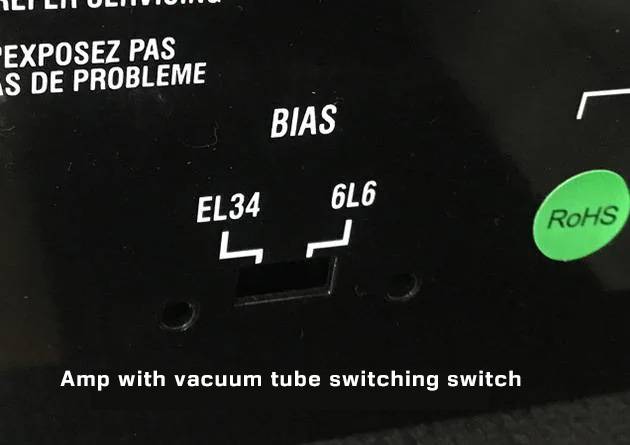
Unless the amplifier explicitly states that swapping is possible, simply having compatible sockets does not mean that the wiring will be the same. If you swap them without knowing this, you may encounter various issues.
First, when installing EL-34 tubes in an amplifier designed for 6L6GC tubes,
if the amplifier manufacturer did not intend for such a swap, you might only get about half the output volume, and the bias values will be completely off.
This is because the amplifier is wired for 6L6GC tubes. To use EL-34 tubes, you will need to modify the circuit, change some components, and adjust the bias.
When installing 6L6GC tubes in an amplifier designed for EL-34 tubes,
circuit modifications are not necessary, but component changes and bias adjustments are essential.
Additionally, regarding replacement tubes, the meaning of the selection method for pairs sold as products can vary depending on the selection process.
Here's a crucial truth you need to know.
There are two important factors to consider when matching vacuum tube pairs:
"emission" and "GM" (transconductance).
Occasionally, there are people who buy vacuum tubes labeled as pairs, install them in their amps, measure the plate current without any signal, and get extremely angry when they find out that the currents are all over the place and not matched at all.
At this point, what the buyer is measuring is the so-called "emission."
They are measuring the amount of electrons flying in the power tube's grid (the signal input) with the bias voltage applied.
Actually, matching the emission is not a big deal (well, it is a problem, but not that critical). It doesn't need to be exactly the same for all tubes (though having them completely mismatched is out of the question).
What’s more important is the "GM" (transconductance).
It’s desirable for all tubes to operate with the same amplification rate for the same amount of signal.
Of course, even if the emissions are perfectly matched, if the amplification rates of the four tubes are all over the place when you start playing, it doesn’t make any sense.
Which of these measurements is used for pairing depends on the manufacturer.
This time, it was about power tubes, but eventually, I'd like to talk about 12AX7s and similar tubes as well.
See you in the next blog. Hopefully, I can finally progress with The FUZZ…






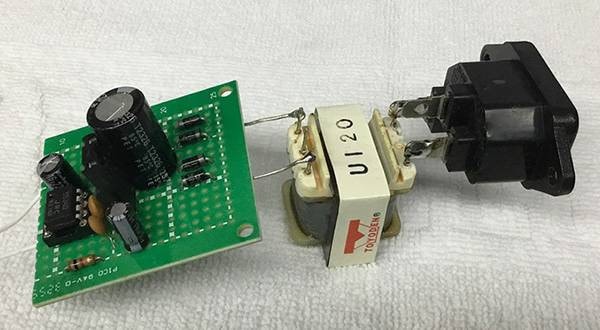
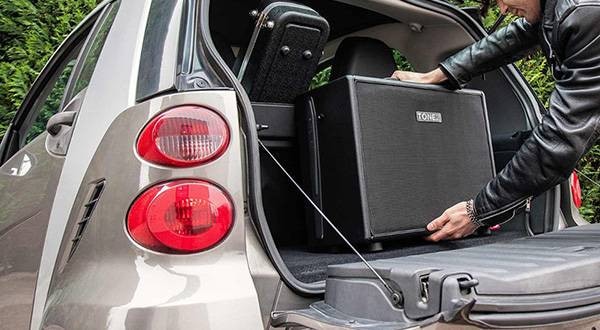
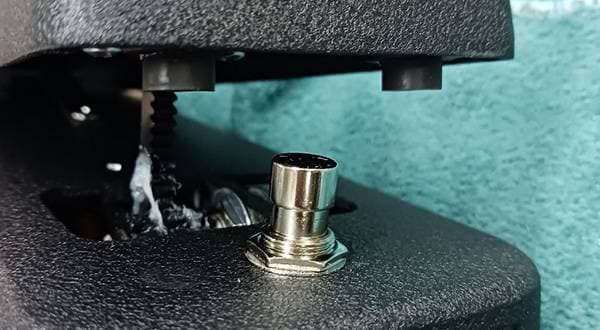
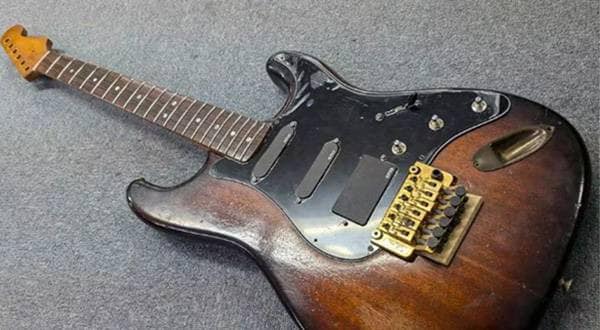
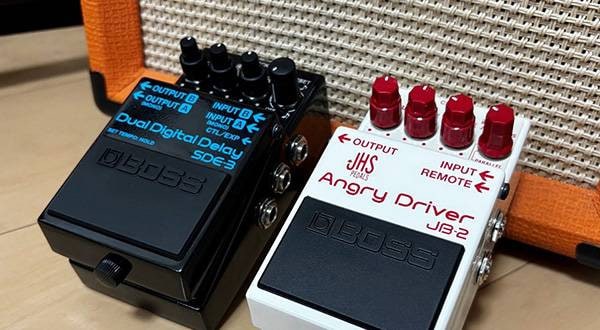
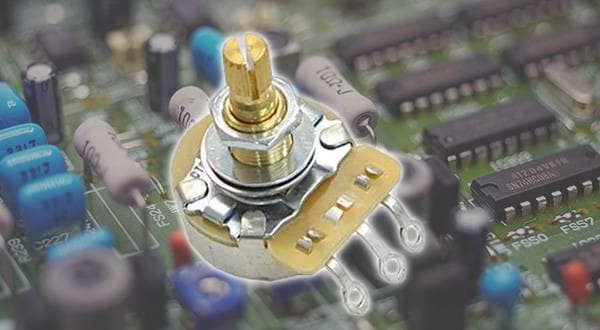
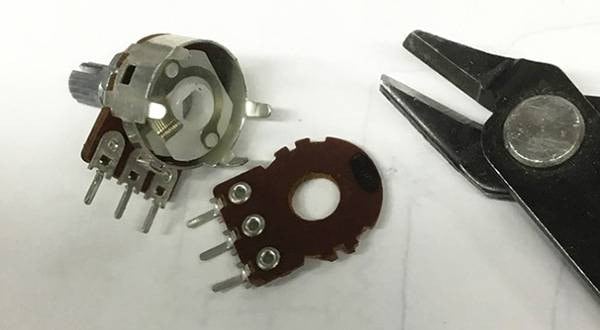
![“The Road to Your Complete DIY Equipment” 2nd Edition: The Illusive Vintage Sound! Amplified Buffer Get your hands on the legendary device exclusively used by professionals [Final Chapter]](/contents/uploads/thumbs/2/2023/11/20231109_2_24521_1.jpg)
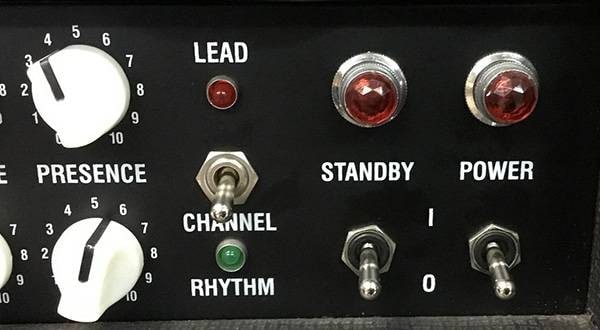
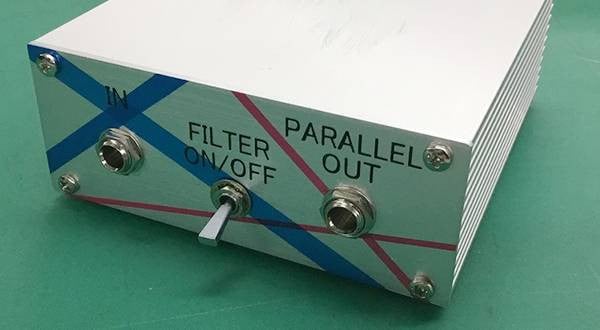
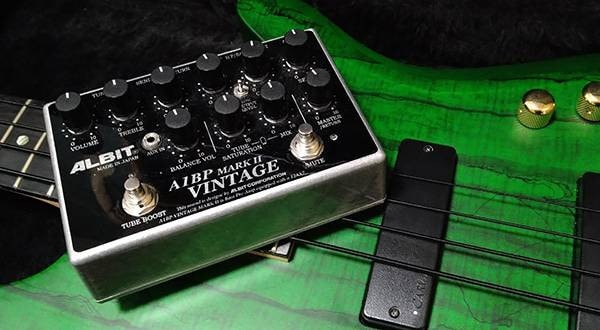
 FENDER(フェンダー)ブランドサイト
FENDER(フェンダー)ブランドサイト
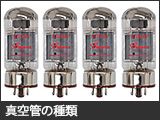 真空管について
真空管について
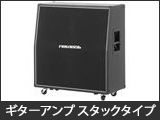 ギターアンプ スタックタイプ編
ギターアンプ スタックタイプ編
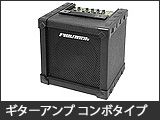 ギターアンプ コンボタイプ編
ギターアンプ コンボタイプ編
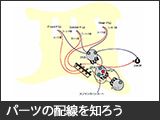 パーツの配線を知ろう
パーツの配線を知ろう
 ギタースタートガイド
ギタースタートガイド


